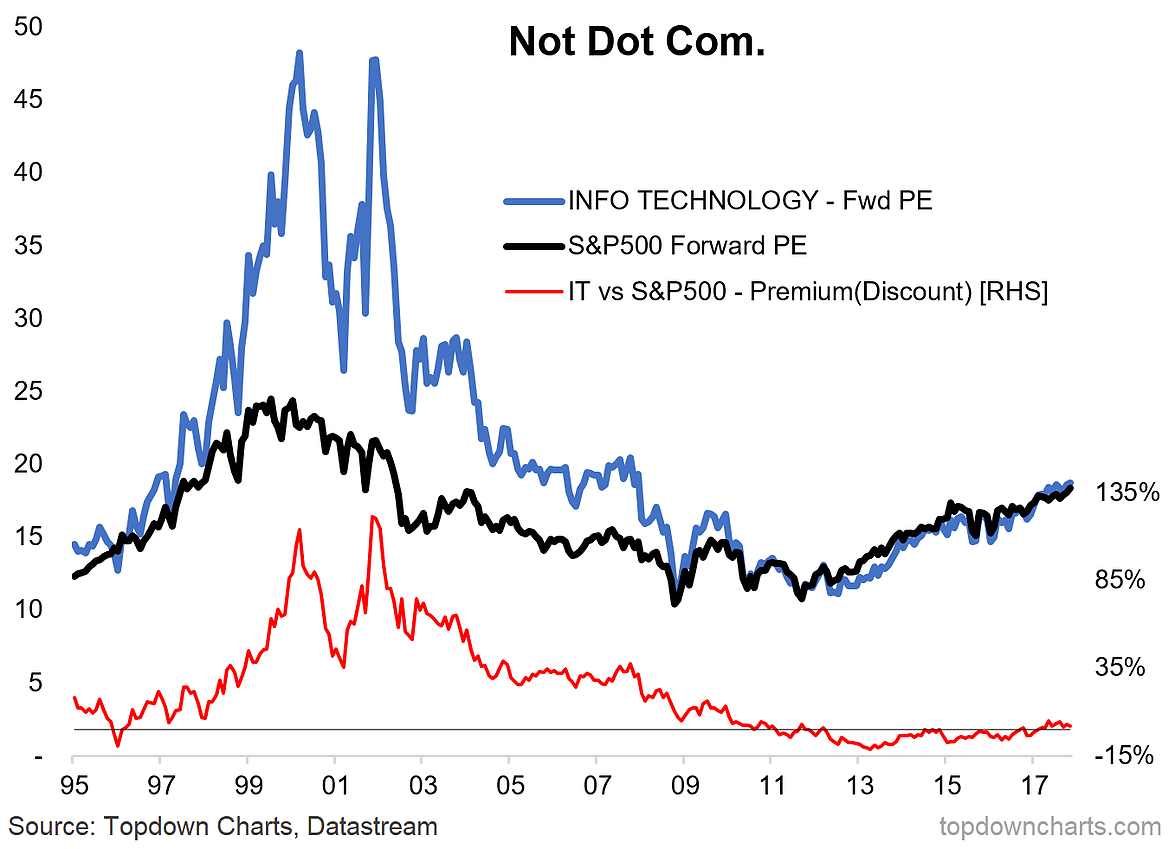

In other words, we're back to the bubble days, when investors convinced themselves that the traditional way of valuing a company's stock by comparing the price of the stock to the company's profits - the price-to-earnings ratio, or P/E - was old-fashioned and just didn't matter anymore. But to justify buying Microsoft stock at the current price of nearly $69 a share, investors would have to assume profits will grow about 90 percent, Merrill's researchers calculated. Analysts are projecting Microsoft's earnings to grow 16 percent in the next year. The trouble, he noted, is that tech stock prices have already grown more than smart people think is justified by how much corporate earnings are expected to increase.Įxample No. "To buy here, investors must believe that 2002-03 earnings will grow smartly," he said.

In the same time frame, the Dow Jones industrial average - more closely coordinated with reality - is up only a little more than 3 percent.Īt today's prices, "about 70 percent of the tech stocks we evaluated appear overvalued," Merrill Lynch technology strategist Steve Milunovich cautioned Friday in a report to clients. The Nasdaq Stock Market composite index has climbed almost 20 percent above where it was before Sept. In the latest round of irrational exuberance, technology stocks are inflating almost as fast as they did when the tech bubble was sucking in money two years ago. Nor do a lot of investors who are back in the market buying technology stocks with the same dopey disregard for profits and growth that made Saylor an ephemeral billionaire to begin with. Nor do a lot of people who made a lot of money during the tech boom. Once you've learned more-than-you-ever-thought-you-wanted-to-know-but-will-be-glad-you-read about the MicroStrategy founder, it's impossible to avoid one conclusion: How Saylor turned what was once a $313-a-share stock and the biggest fortune in Washington into a $4.09 stock and a merely moderate number of millions is an amazing tale of hubris, hyperbole and high-tech hallucinations.
#Dot com bubble series
Washington investors who wonder why the high-tech boom went bust - and who worry about whether it could happen again - should read Mark Leibovich's remarkable series in The Post last week on Michael Saylor and MicroStrategy Inc.


 0 kommentar(er)
0 kommentar(er)
